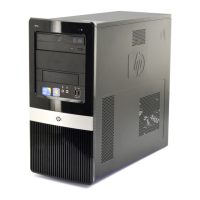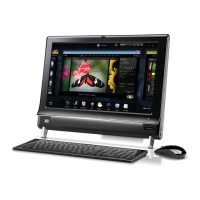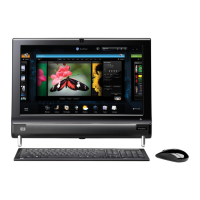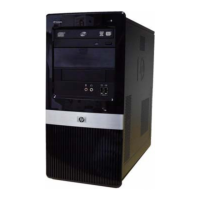a. The top connector on the multifunction I/O card is for SCSI peripherals. If there are
no additional SCSI peripherals to connect, install a SCSI terminator (part number
1252-3932)to the SCSI connector.
b. Refer to the documentation that came with the peripheral devicefor specificinstallation
instructions for that device.
c. Use only the cables that comewith the peripheral device.
Note
SCSI cable part numbers are listed in
Chapter
8 of the
CE Handbook.
Chapter
4
of the
CE Handbook
has external SCSI cabling and configuration
information.
d. Make a note of all device addresses that apply to system configuration, along with the
slot number that they are connected to. Refer to the note in step 1.
e. Connect a BNC T connector to the ThinLAN connector on the Multifunction I/O card.
Note
The ThinLAN connector is enabled at the factory, and the AUI LAN
connector is disabled. If the AUI LAN connector needs to be enabled, the
Multifunction I/O card has to be removed and jumper block WI needs to be
repositioned. Refer to the
CE Handbook, Chapter
4
for more configuration
information.
f. Do not leave any open I/O slots after all I/O cards are installed. This would violate the
RFI specifications accommodated by the I/O slot covers.
5. Plug one end of the line cord into the AC receptacle at the rear of the SPU.
Note
•
Be sure the appropriate localized line cord (refer to Table 4-1 for line cord
selection) is available with the SPU.
Also, if the computer comes with a PowerTrust UPS, the UPS has to be
installed before the SPU is powered up. The lime cord that comes with the
SPU is used as the AC line cord for the UPS, and the SPU connects to the
UPS with one of the convenience cords that come with the UPS.
4-2 Installation
